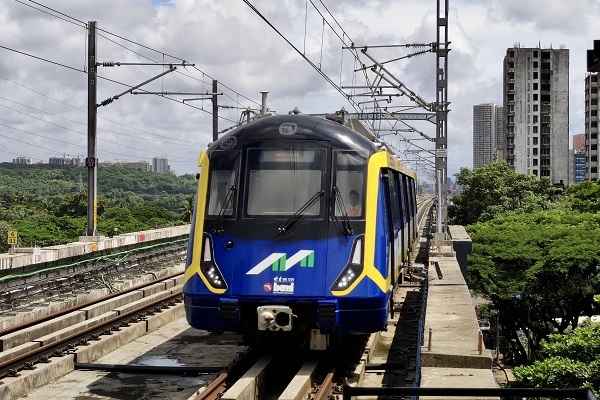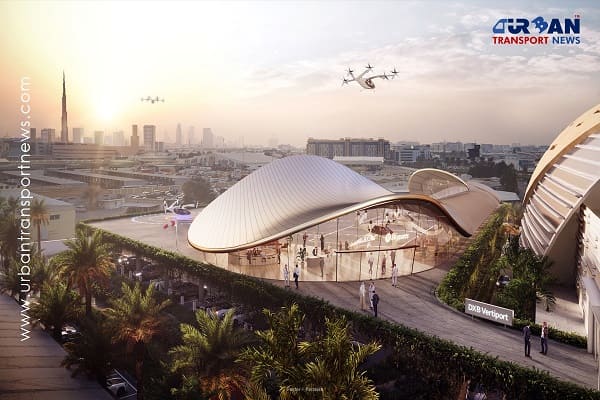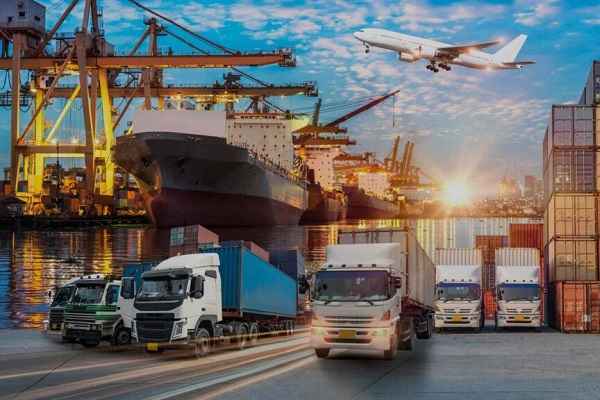 How Weigh-in-Motion Systems Are Revolutionizing Freight Safety
How Weigh-in-Motion Systems Are Revolutionizing Freight Safety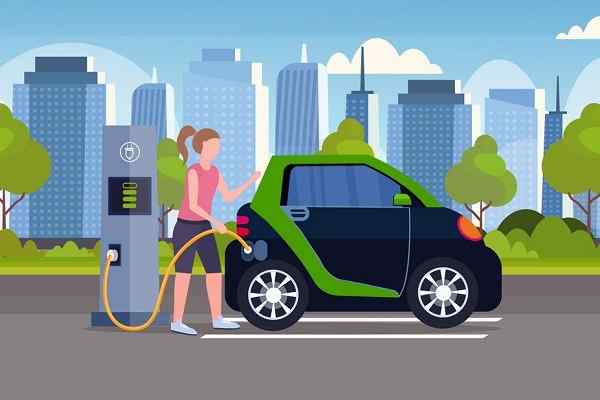 Women Powering India’s Electric Mobility Revolution
Women Powering India’s Electric Mobility Revolution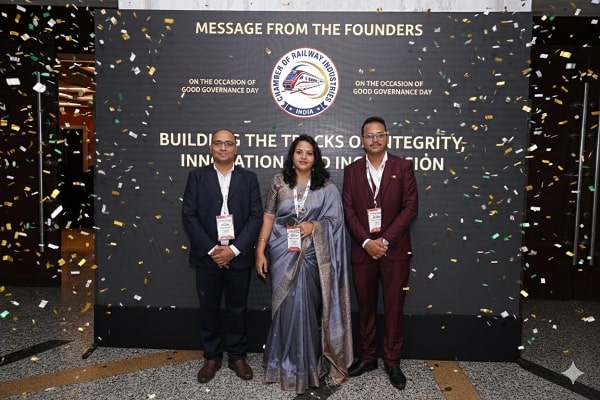 Rail Chamber Launched to Strengthen India’s Global Railway Leadership
Rail Chamber Launched to Strengthen India’s Global Railway Leadership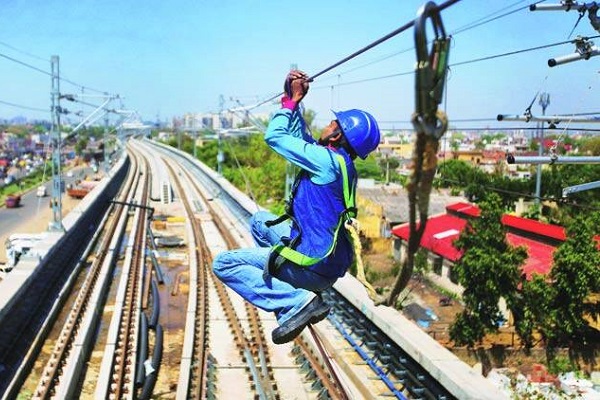 Wage and Hour Enforcement Under the Massachusetts Wage Act and Connecticut Labor Standards
Wage and Hour Enforcement Under the Massachusetts Wage Act and Connecticut Labor Standards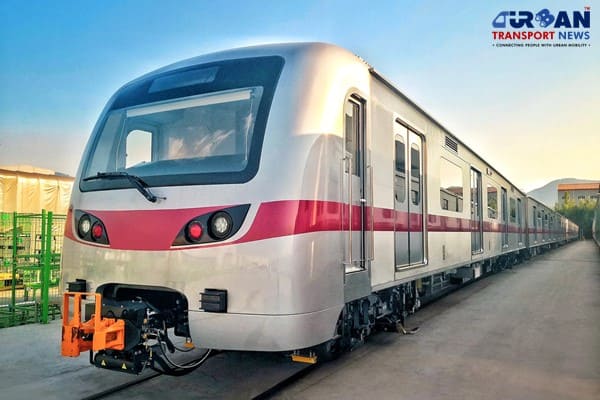 MRT‑7: Manila’s Northern Metro Lifeline on the Horizon
MRT‑7: Manila’s Northern Metro Lifeline on the Horizon Delhi unveils ambitious Urban Mobility Vision: Luxury Metro Coaches, New Tunnels and Pod Taxi
Delhi unveils ambitious Urban Mobility Vision: Luxury Metro Coaches, New Tunnels and Pod Taxi Qatar approves Saudi Rail Link Agreement, Accelerating Gulf Railway Vision 2030
Qatar approves Saudi Rail Link Agreement, Accelerating Gulf Railway Vision 2030 UP Govt plans to introduce Water Metro services in Ayodhya, Varanasi & Prayagraj
UP Govt plans to introduce Water Metro services in Ayodhya, Varanasi & Prayagraj India’s First Urban Ropeway begins Trial Run in Varanasi, Set to carry 1 Lakh passengers daily
India’s First Urban Ropeway begins Trial Run in Varanasi, Set to carry 1 Lakh passengers daily India and Bhutan to Build First-Ever Rail Link: ₹4,033 Cr Project to Boost Regional Connectivity
India and Bhutan to Build First-Ever Rail Link: ₹4,033 Cr Project to Boost Regional Connectivity
Exclusive conversation with Vikramjiet Roy, Managing Director, Maccaferri India
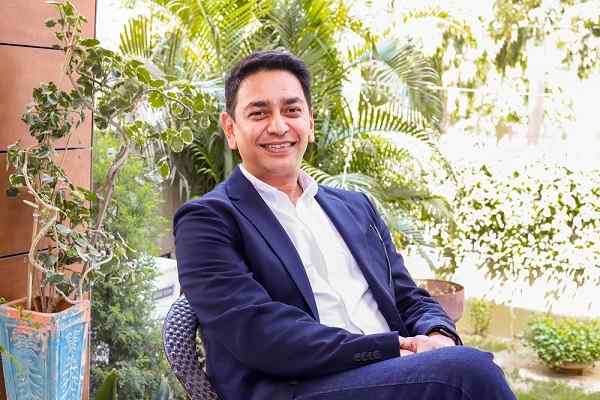
Maccaferri Environmental Solutions is a prominent civil engineering solution provider with 140 years of history has provided innovative solutions to the construction, geotechnical and mining industries along with cost-effective and eco-friendly products for retaining structures, soil reinforcement, embankment stabilisation, river and canal hydraulic works, coastal protection, erosion control, rockfall mitigation, debris flows and avalanche protection.
In a recent interaction with Urban Transport News, Mr. Vikramjiet Roy, Managing Director, Maccaferri India has shared his thoughts on various policies and initiatives of the Government of India being implemented towards the transformation of India's urban infrastructure.
Maccaferri has been working in the engineering and infrastructure industries for how long? Tell us about Maccaferri’s journey in the civil & construction Industry.
In India, Maccaferri was incorporated in 1998 as Maccaferri Environmental Solutions Pvt Ltd, a completely owned subsidiary of Officine Maccaferri, and has worked on more than 1200 projects throughout the country. During this time, we have set up plants in Ranjangaon (Maharashtra), Shirur (Maharashtra) and Una (Himachal Pradesh). With a strong team of more than 250 employees, we work towards solving complex technical issues faced by our customers. Maccaferri approaches each project with the objective of identifying, addressing and resolving the specific needs of the customer. We do not simply sell products: we strive to be the leading technical reference for designing and developing advanced projects. We are strongly committed to solving our clients’ problems by providing better solutions through attentive listening, innovation and collaboration.
We work with both public and private sector organizations with some of our major clients being the National Highways Authority of India (NHAI), Airport Authority of India, IRCON, Indian Railways, Border Road Organization, Northeast Frontier Railway, Kolkata Port Trust, Public Works Department of various states in India, Maharashtra State Road Development Corporation (MSRDC), Mumbai Metropolitan Region Development Authority, Karnataka State Highways Improvement Project (KSHIP), R&B Departments, City Municipal Corporations, Water Resource Departments, J&K Flood Control Department, Maharashtra Maritime Board, State Irrigation Department, Gujarat Maritime Board, New Mangalore Port Trust and Mangalore
What are the major hurdles you see in India when it comes to infrastructure projects compared to other global countries? What are the lessons to be learned?
The necessity of the hour is to align India's economic growth with the country's infrastructure capacity. Better infrastructure, both in number and quality, contributes to increased physical capital and human productivity, and hence to national progress.
To achieve smooth and quick growth, India requires considerable and timely investment in high-quality infrastructure. Well-developed infrastructure stimulates economic activity, frees up budgetary space by expanding the government's revenue base, and ensures that government investment is directed toward productive sectors. Infrastructure companies require a healthy bond market, prompt resolution of infrastructure disputes, optimal risk sharing through enhanced and balanced PPP contracts, and contract integrity and enforcement. India must guarantee that infrastructure and infrastructure-related businesses have easy access to high-quality inputs at competitive pricing. Moreover, India requires long-term solutions that are more environmentally friendly than conventional solutions. India needs to build a green economy with sustainability at the core of its developmental plan.
In addition to the current provisions for public investments, efforts must be taken to channel opportunities for private engagement in the sector effectively. Although no combination of measures will ensure absolute rates of success for PPPs in all areas of infrastructure development, a well-thought-out set of reforms, if carefully executed, can build the groundwork for future growth and augmentation in the sector. Before the suggested reforms run out of steam, a deliberate effort must be undertaken to continually expand on them, through both rigorous periodic evaluations and careful procedures of execution.
What are the major issues faced by EPC companies engaged in major infrastructure projects in India?
The construction industry is the second most important sector in India's economic and industrial sector, after only agriculture. A number of significant obstacles confront the engineering, procurement, and construction (EPC) industry, including lengthy delays in land acquisition, regulatory bottlenecks, and issues sourcing working capital funding.
Among EPC (Engineering, Procurement, and Construction) companies, a single project could be spread out over multiple teams from the engineering team to general contractors. Construction projects are large-scale collaborations that necessitate communication between all stakeholders involved. In case communication gaps arise, work tends to be very fragmented, and functioning can prove to be a major difficulty. This breakdown of communication not only lowers productivity but could also be financially costly.
Second, construction work is well-known for involving a huge amount of physical and manpower resources. Many hazards exist on construction sites for the workers who work there, and this is the most serious one I believe. The safety of workers should be prioritised and supported by industry practitioners and government policies.
Do you think that design and construction will become an outdated concept in the future as infrastructure becomes multi-functional?
With economic development and rapidly rising populations driving major urbanisation, the demand for new infrastructure is expected to skyrocket in the next decades. Other new challenges include changing demographics, rising expectations of businesses, service users, and the general public, as well as the need to reduce carbon emissions and waste. These factors all contribute to a dynamic and testing environment for the industry and those commissioning new projects.
The digital world is evolving at the same rate that innovators are keeping up with trends. The creation of smart cities exemplifies how development in infrastructure design and construction is not a one-dimensional idea. Looking at it from a macro perspective, a linked society extends beyond sensors in buildings and seeks to produce value by aiding with a variety of technologies such as automatic lighting, real-time social data collection, and multi-purpose apps.
How do you view the Indian government’s ambition to create Metro Railways, RRTS and HSR networks in the country?
The development of a country's railway infrastructure is one of the most crucial aspects of its progress. It is impossible to overstate the significance of transportation, which has been referred to as the "lifeline" of a nation. There have been several examples of how railway infrastructure has accelerated and improved the efficiency of a country's development. Moreover, good physical connectivity in the urban and rural areas is essential for economic growth. India, the world's seventh-biggest country with a population of more than a billion people, has one of the world's largest transportation industries and has made several critical decisions to modernise its rail transportation networks.
I have been following the RRTS project for a long time, and it is without a doubt a turning point for India's urban and regional growth in the next years. It will help to develop a rapid transportation network in tier 2 and tier 3 urban areas. The first high-speed rail line (HSR) is planned between Mumbai and Ahmedabad in western India, which will reduce travel time from the current eight hours to two hours, according to plans.
A new era in train connection will soon dawn in the country, owing to the planned Regional Rail Transit System (RRTS). Commuting trains with high speeds and frequencies would connect minor towns in Rajasthan, Haryana, and Uttar Pradesh with the Gurugram-Delhi-Noida rail network in the coming years. The new transit facility would improve connectivity while also boosting economic growth along the corridors and in the centre of the National Capital Region (NCR).
What are your takes on Govt. of India's 'Aatmnirbhar Bharat' initiative? Will this help India to achieve the '5 trillion economy' goals by 2025-26?
The government's economic packages are playing a crucial part in India's goal of being "self-sufficient."
Aatmanirbhar Bharat is supported by five pillars: the economy, infrastructure, system, a lively demographic, and demand. We are unavoidably advocates for contributing to growth, specifically sustainable development because infrastructure is one of the cornerstones. By promoting 'Make in India - Make for World,' Atmanirbhar Bharat paints a picture of India's ambitions to become a USD 5 trillion economy. Several projects, like the Bharatmala Project, the Paravatmala Project, and the Setu Bharatam Project, have already begun to enhance Indian infrastructure.
This goal can be achieved as a result of our integration into the global economy. The emphasis will be on infrastructure and manufacturing joint ventures, supply chain integration, and leveraging sovereign wealth funds.





